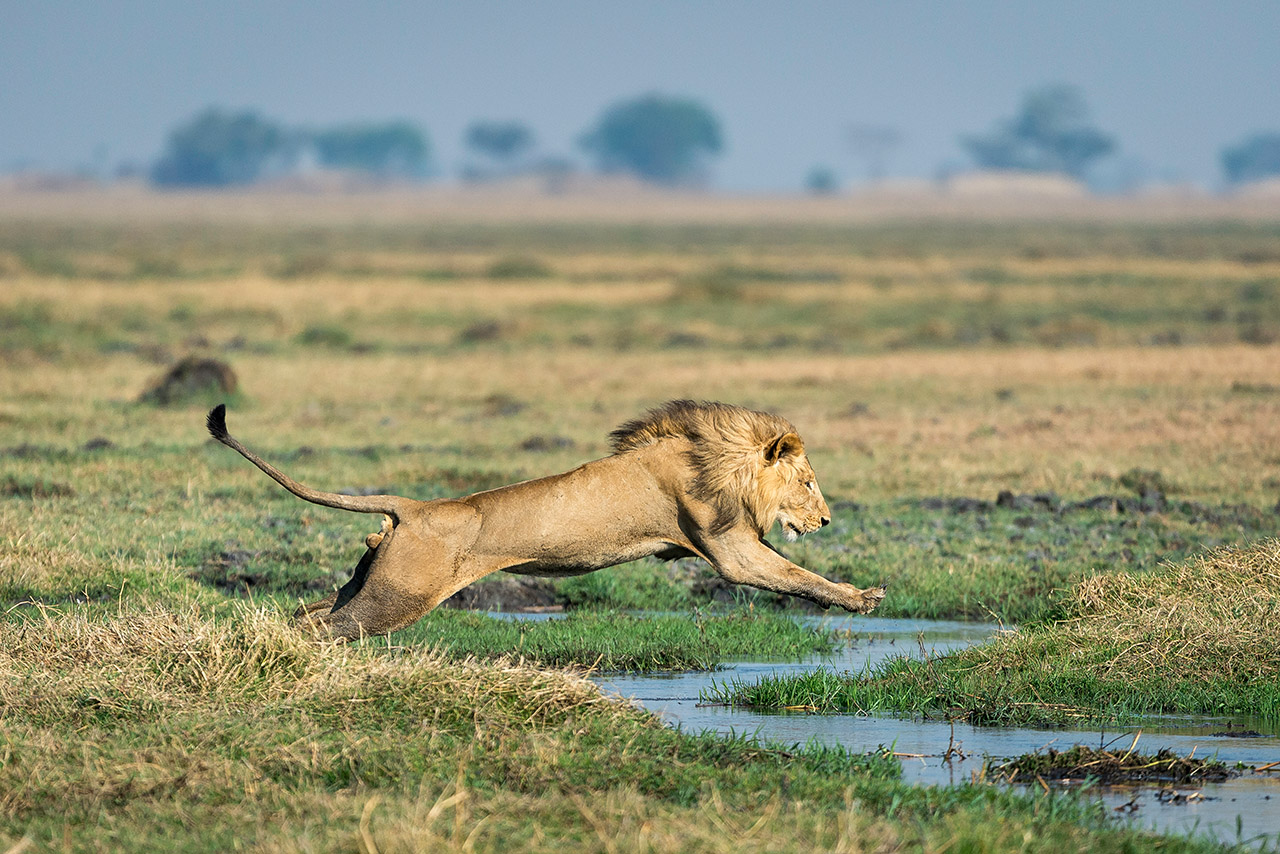
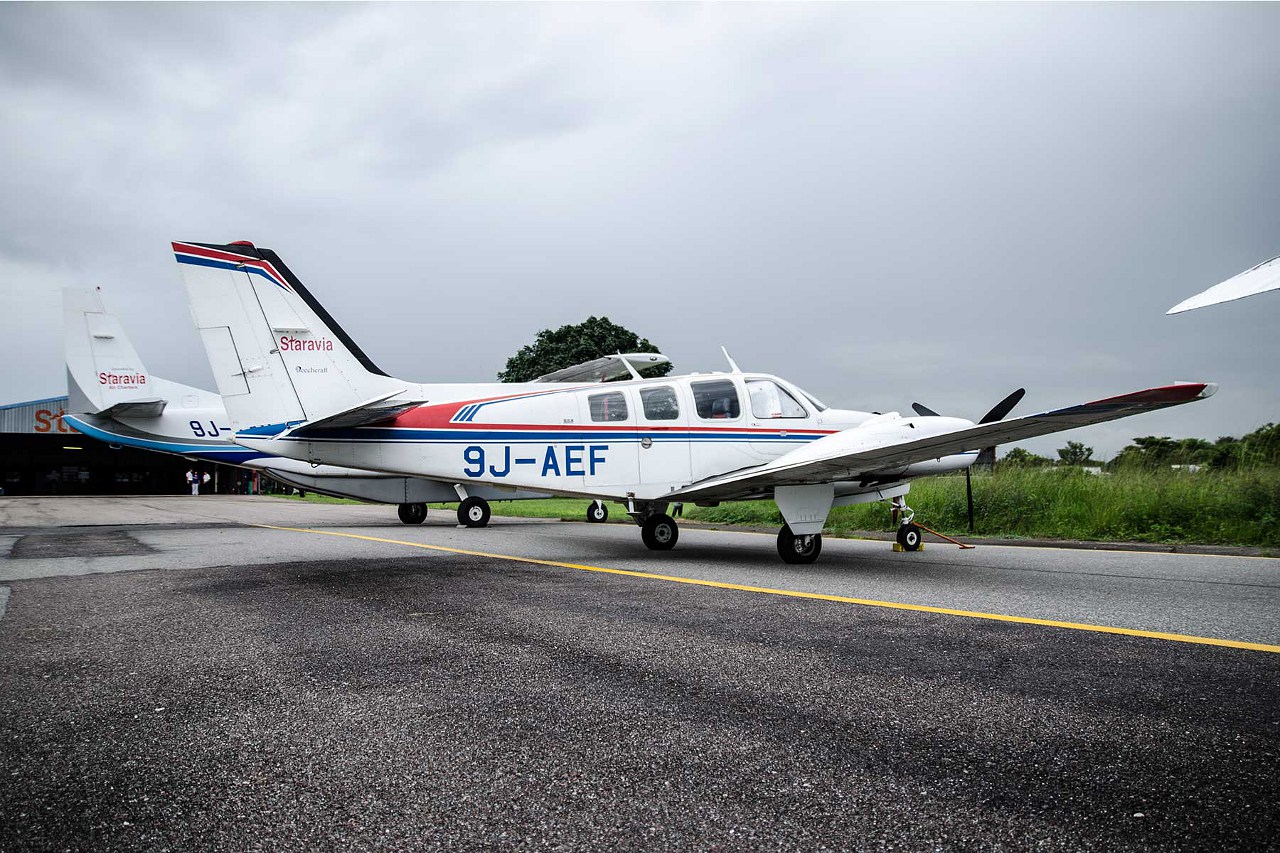

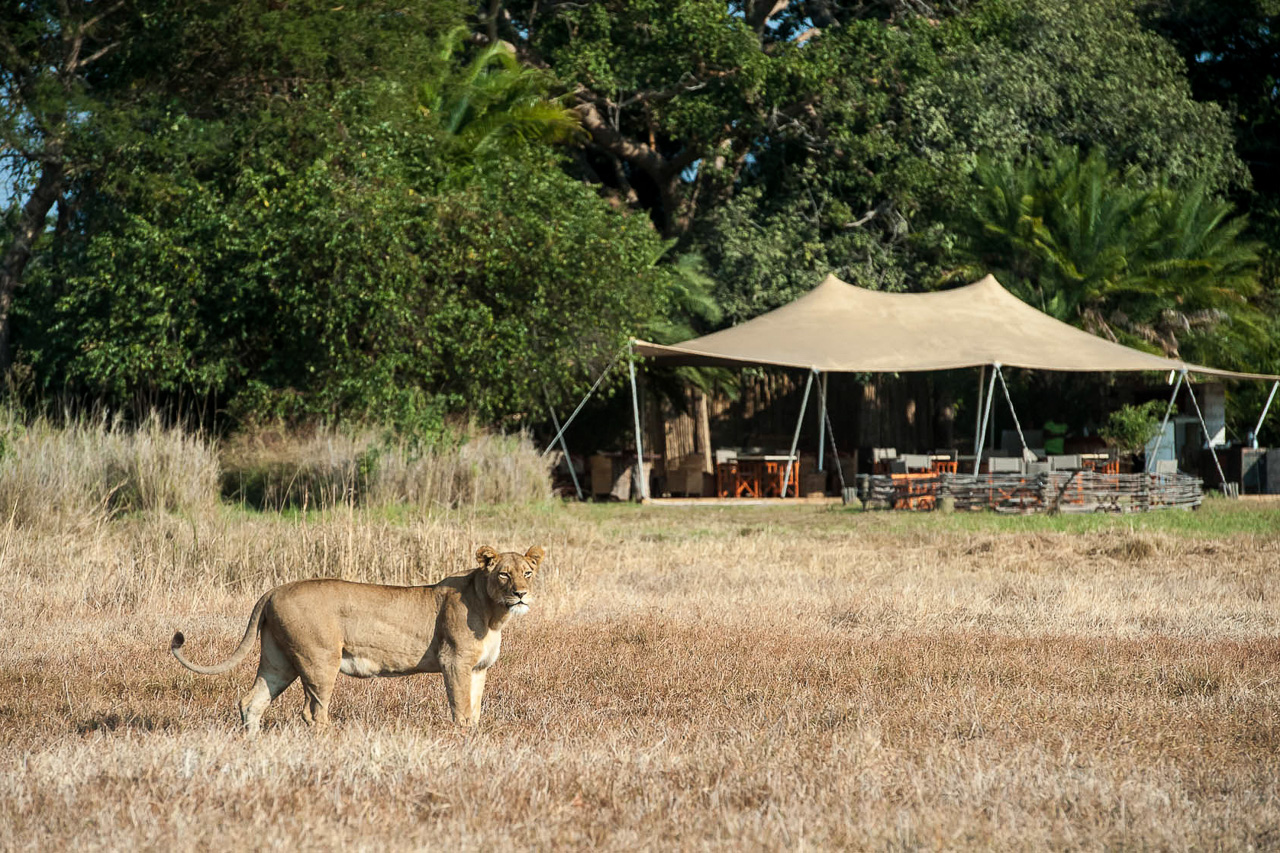
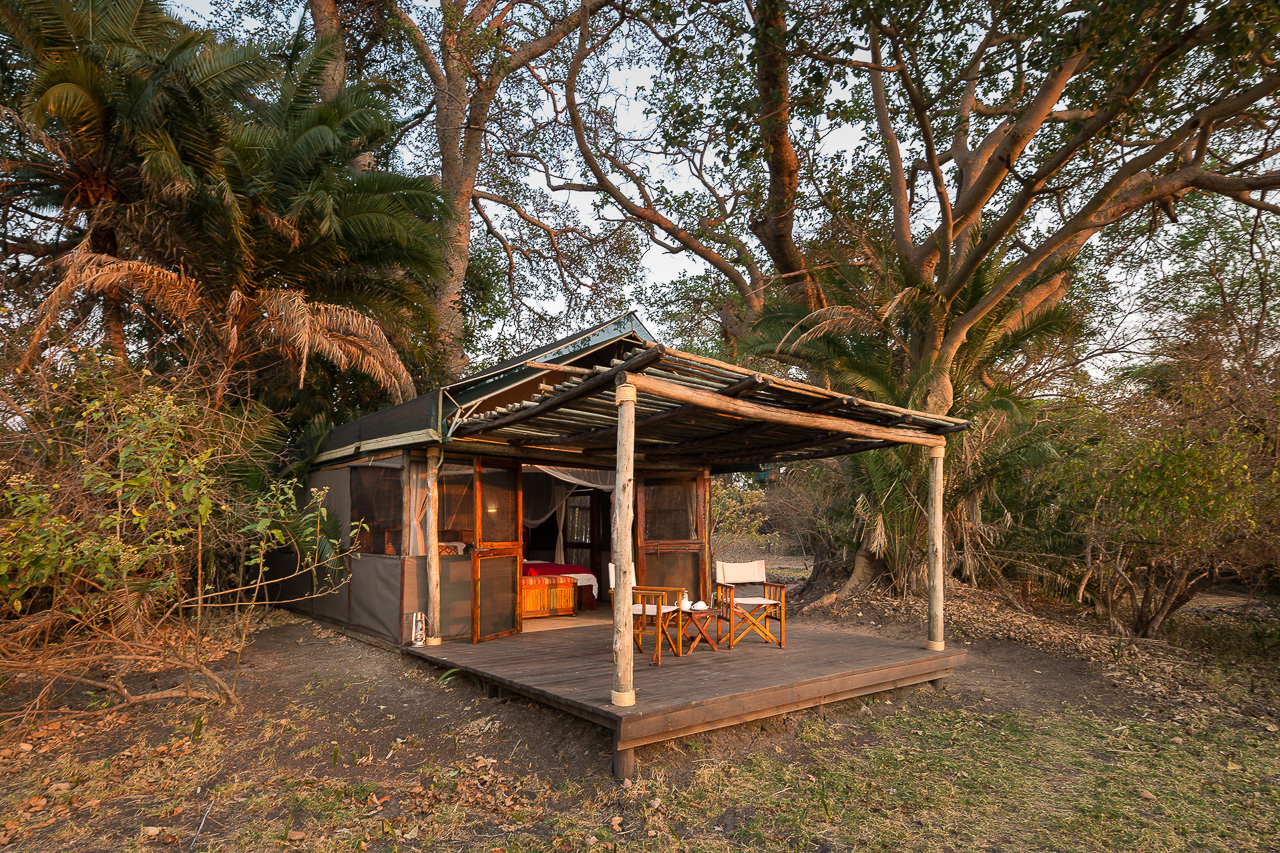
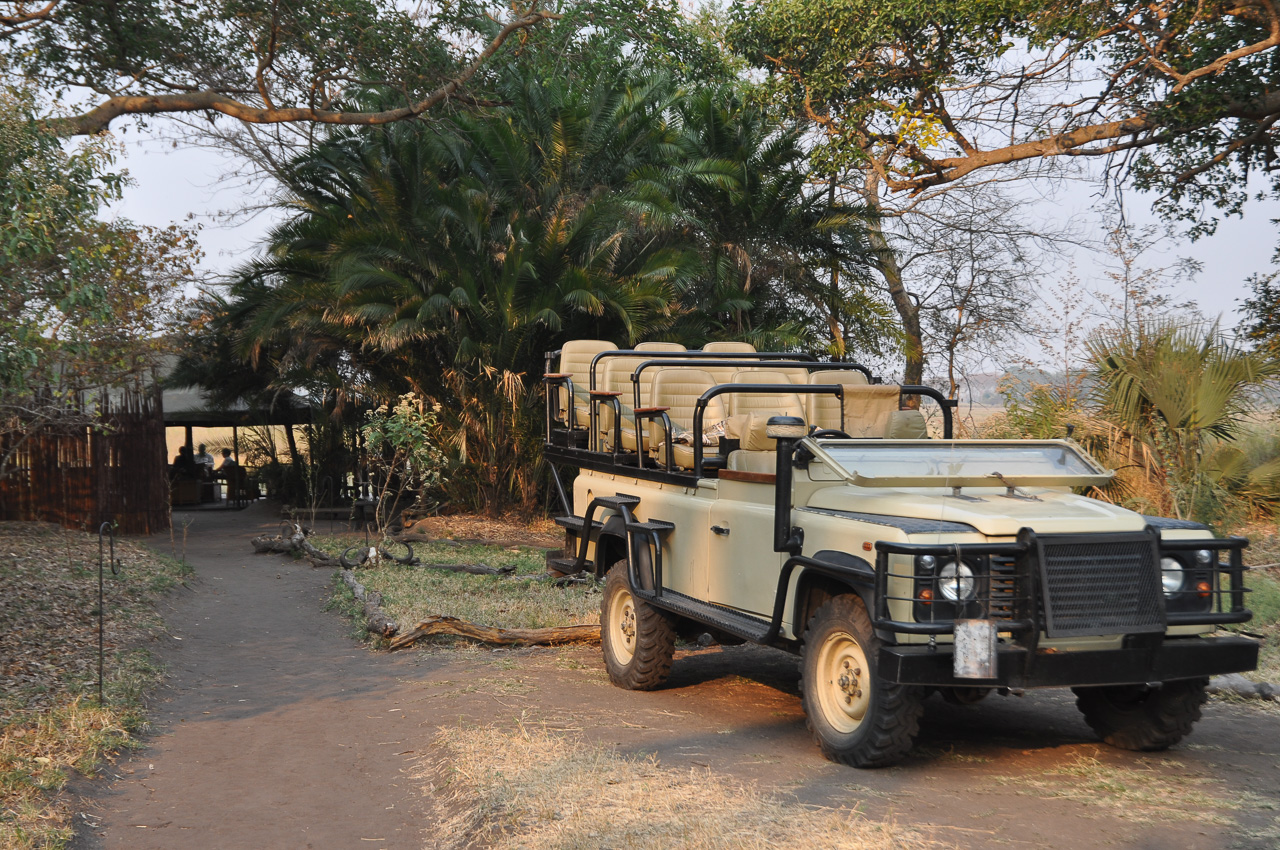
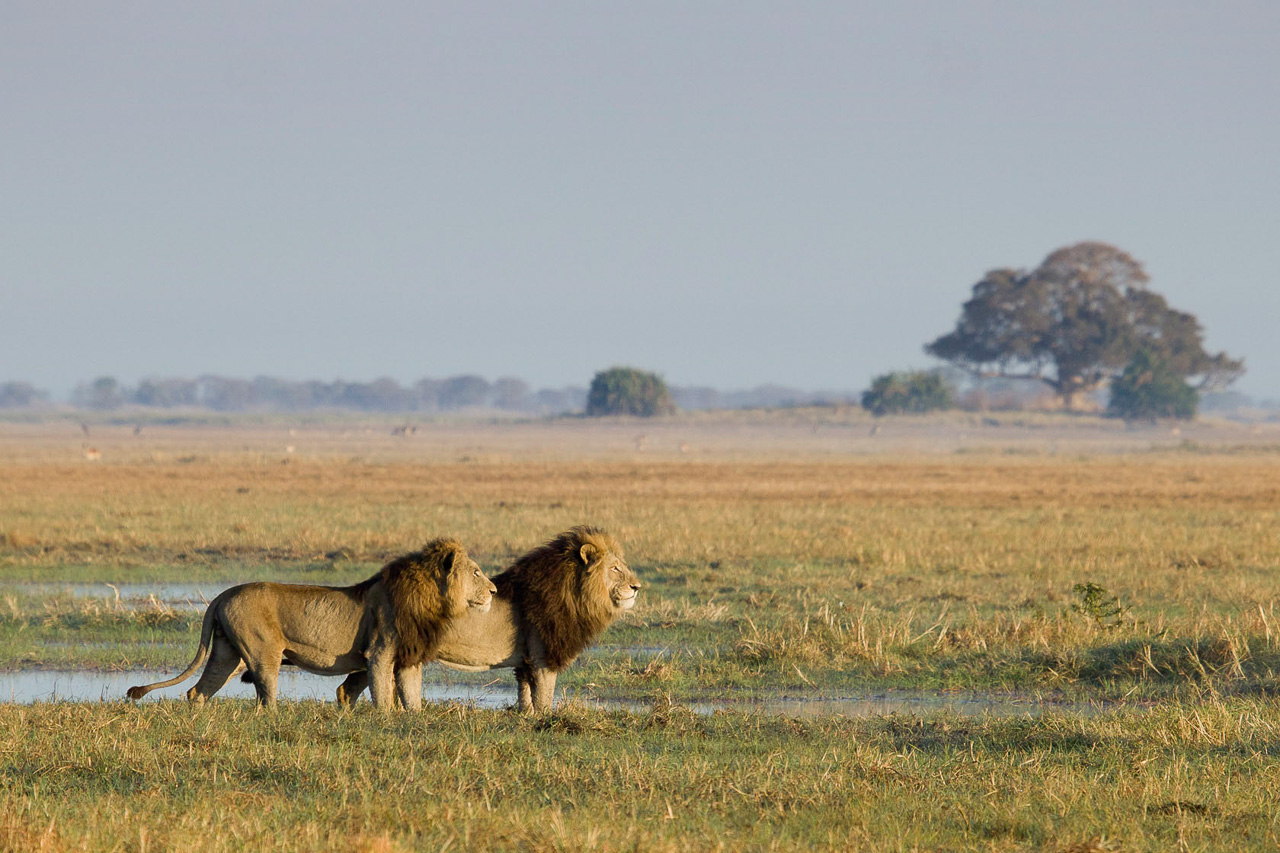
Accommodation
Busanga Bush Camp is a small, intimate camp with four double en-suite rooms positioned in pairs either side of the main building. The tents and main building are constructed at ground level offering guests a genuine bush experience. Those in need of a little more comfort can stay at Shumba Camp, which is located just 15 minutes away.
A fire pit is situated close to the main building, ideal for those cooler evenings, and a boma lit by paraffin lamps provides the setting for evening meals. Located just around the corner is the lookout point, which offers guests superb views of the plain to the front of the camp. Lions seem to love this place and visitors are well advised to take a quick look around before leaving their tents!
Kafue National Park covers an area of 22’400 km² which makes it one of the largest parks in Africa. The northern part of the park is home to the spectacular Busanga Plains, which flood during the wet season and gradually dry up again as October approaches. As the dry season progresses and the surrounding water holes dry up, more and more wildlife find their way onto the plains. Most camps open in May/June and close again in November when the rains arrive.
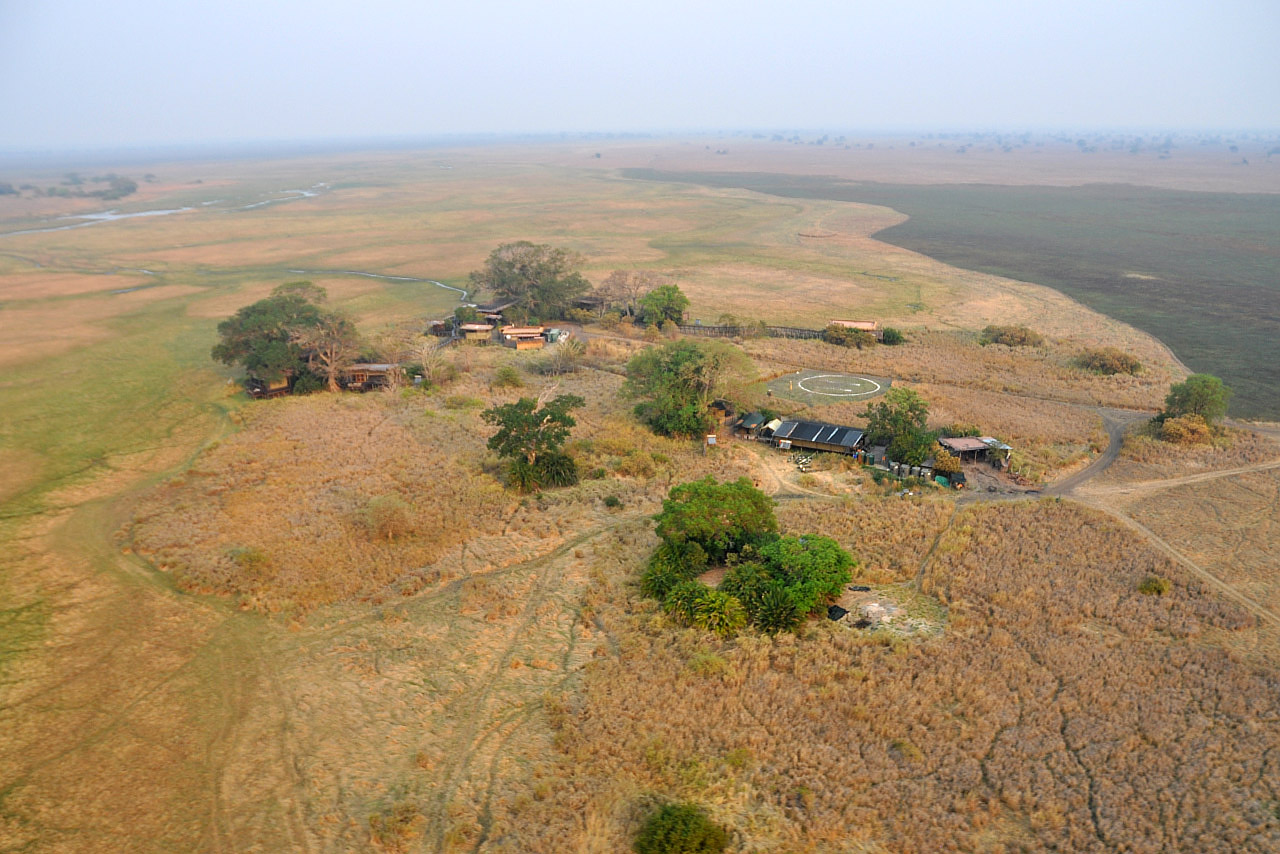
Kafue National Park sits at a height of 1350 m above sea level and covers 22’400 km². The three rivers Lufupa, Lunga and Kafue all carve their way through the park before being blocked by the Itezhi Tezhi Dam in its southern part.
The northern part of the park is home to the spectacular Busanga Plains, which flood during the wet season and gradually dry up again as October approaches. Flooding reaches its peak in March/April. Most camps open in May/June and close again in November when the rains arrive.
Busanga Plains supports a broad spectrum of wildlife, but not in large numbers. Nevertheless, it is definitely worth a visit, as there are not many places where you get to see wattled crane, crowned crane, sitatunga, puku, red lechwe, wildebeest, sable and roan antelope, leopard and lion all in one day.
The park also supports cheetah and wild dog. Elephant wander across the plains, but again not in large numbers. The Busanga Plains become a paradise for bird lovers from April to June: 491 species have been spotted here to date.
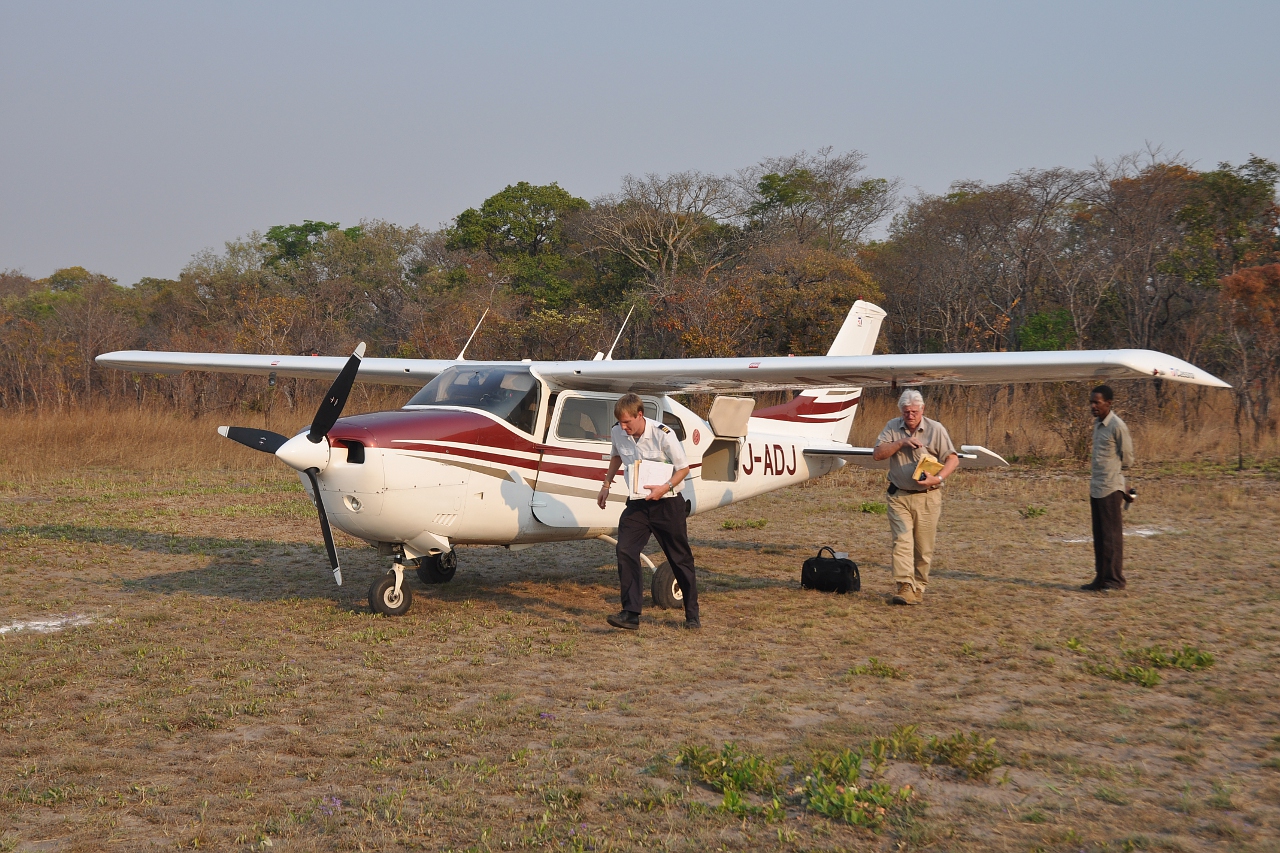
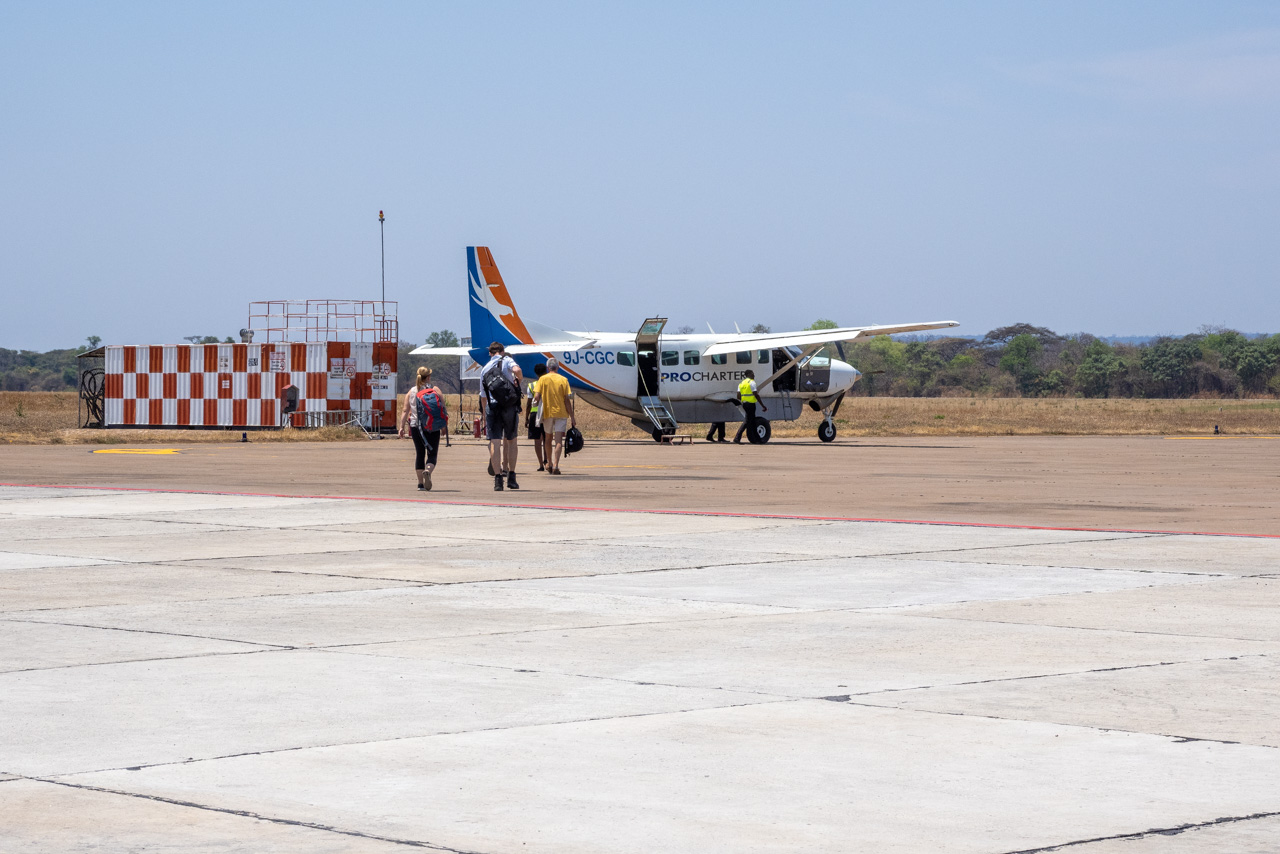

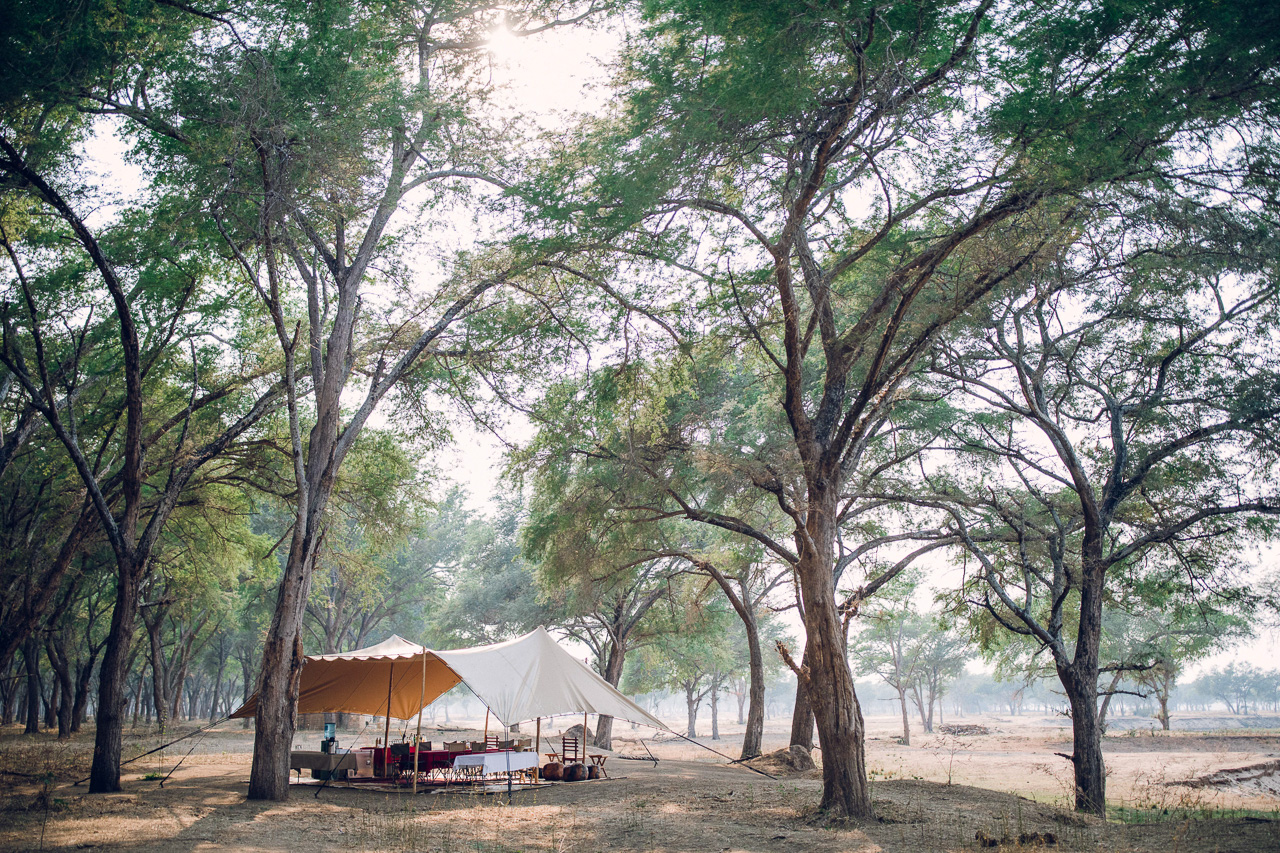
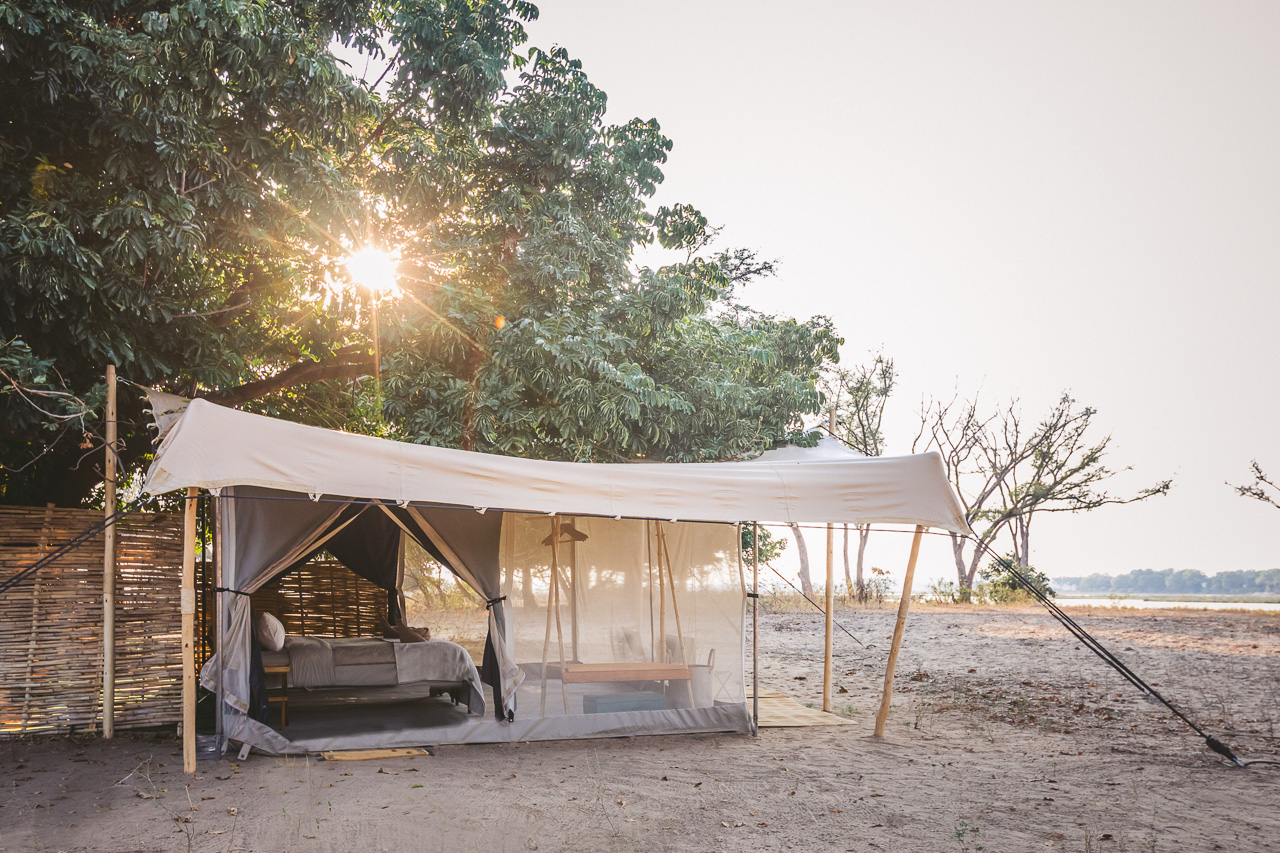
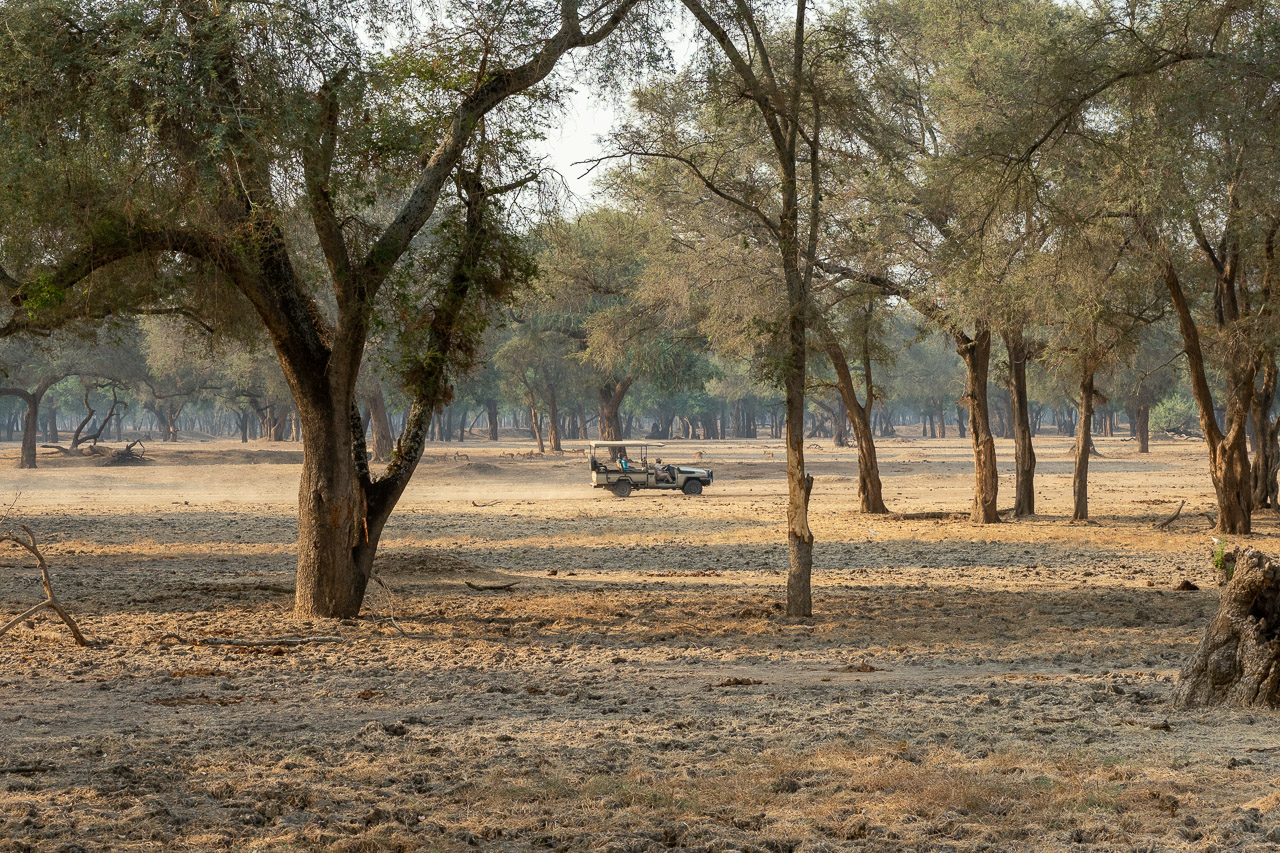
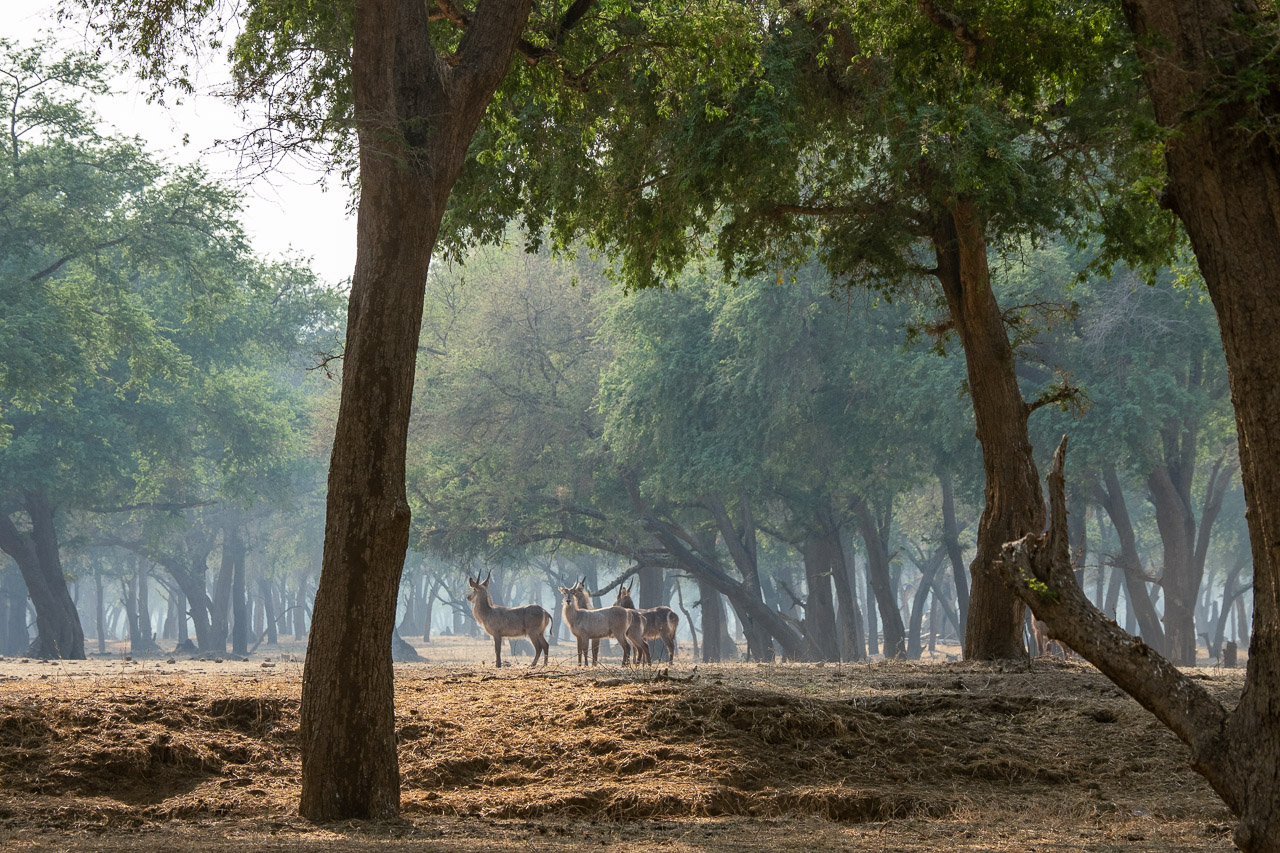
Accommodation
Tusk & Mane’s (Classic Zambia) intention is to return to simplicity, back to the roots of the original safari. The owners - Kyle Branch and Luke Evans - both grew up in the African bush and wish to give guests an understanding of the pure safari experience of their childhoods. This is achieved by good guiding, simple but very functional and well thought-out fly camps and plenty of campfire story-telling.
Tusk & Mane operates two camps, Kutali and Chula. Each camp consists of 5 very airy and identical tents that are positioned far apart on the banks of the mighty Zambezi River. All tents have comfortable beds, en-suite bathrooms with traditional bucket showers, flush toilets and washbasins with mirrors. A simple bedouin-style tent with a large table and a well-stocked bar defines the main area.
Each camp is small and well-structured, which makes the safari experience very personal. At the end of the season the camp will be torn down, only to be rebuilt in April / May next year.
Both Kutali and Chula are located in the vicinity of Old Mondoro Camp, about a 15 minute boat ride apart. The camps are accessed by airplane from Lusaka to Jeki Airstrip. The flight is followed by a 30 to 40 minute drive in an open game drive vehicle to the respective camp. The camps are often referred to as beeing on an island, but in fact it is just a smaller channel that separates the "island" from the main land. Having said that, a boat transfer is required to access Chula, whereas the channel surrounding Kutali can be crossed by vehicle.
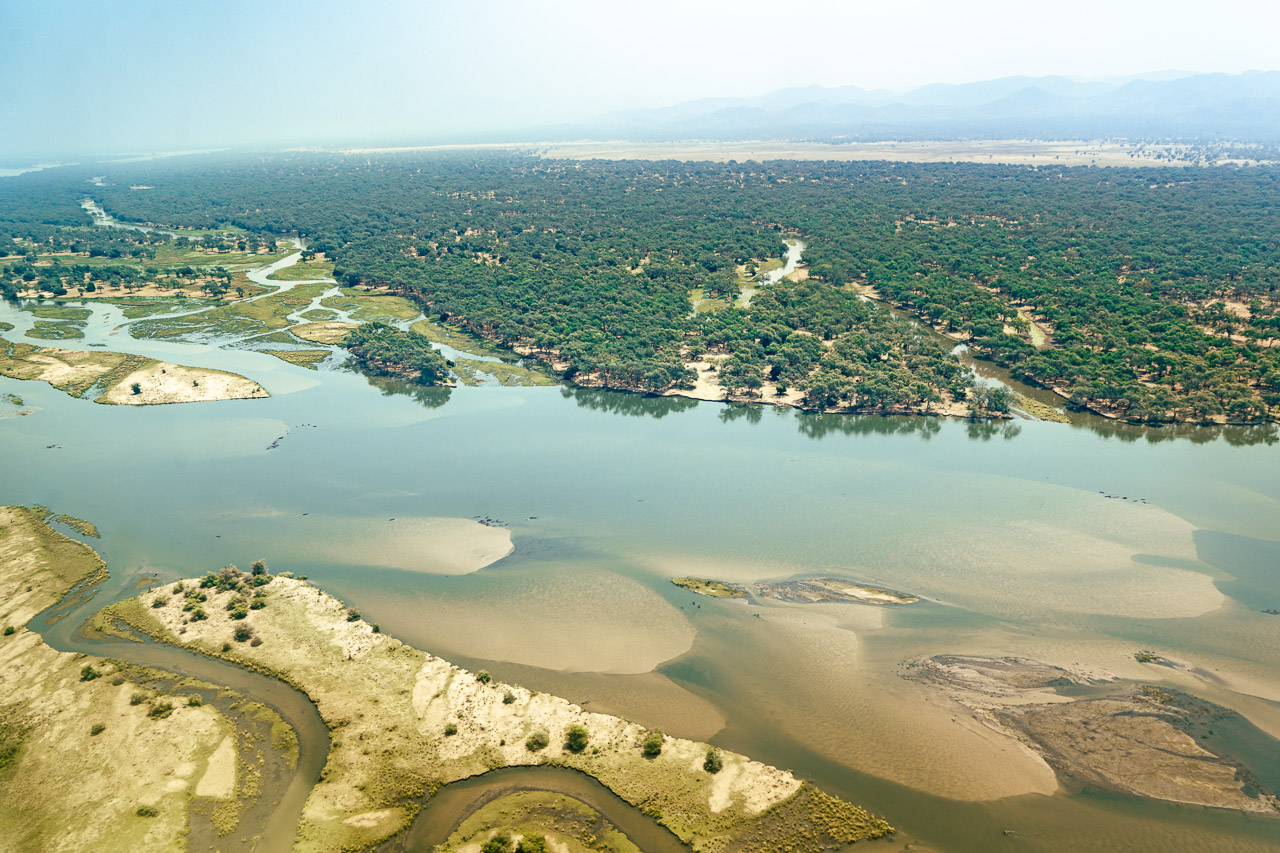
The camps are all located on the riverside, which pulls in large herds of elephant and buffalo. The best camps offer canoeing safaris on the Zambezi’s tributaries or trips on the Zambezi River in flat-bottomed boats. In addition to game drives, walking safaris are also usually on offer – there is something different to do here every day.
An abundance of elephant gathers in the Lower Zambezi region, and the pachyderms are permanent visitors to the camps, so keep your eyes peeled when walking back to your room.
It gets very hot and sultry in October, just before the wet season begins. If you keen on walking and suffer from the heat, please visit earlier in the season.
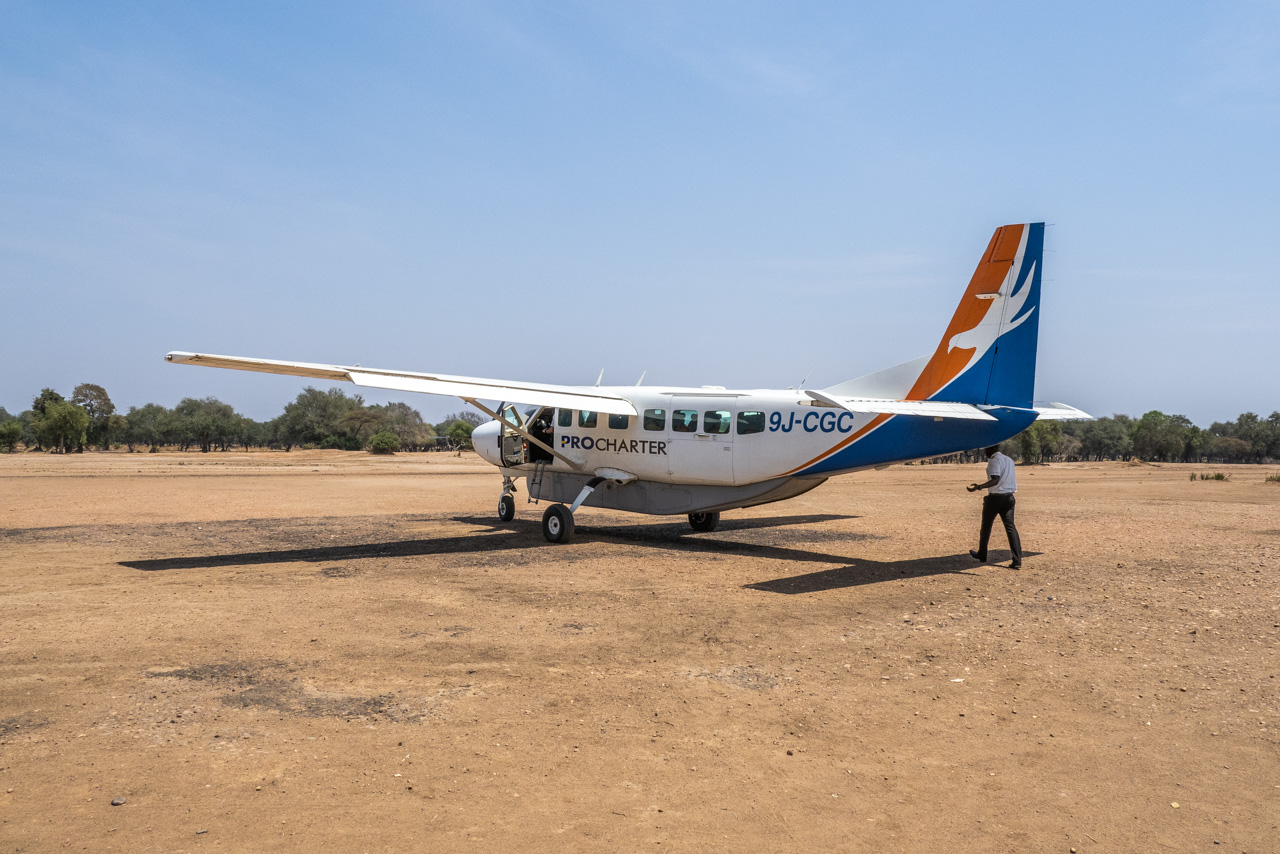
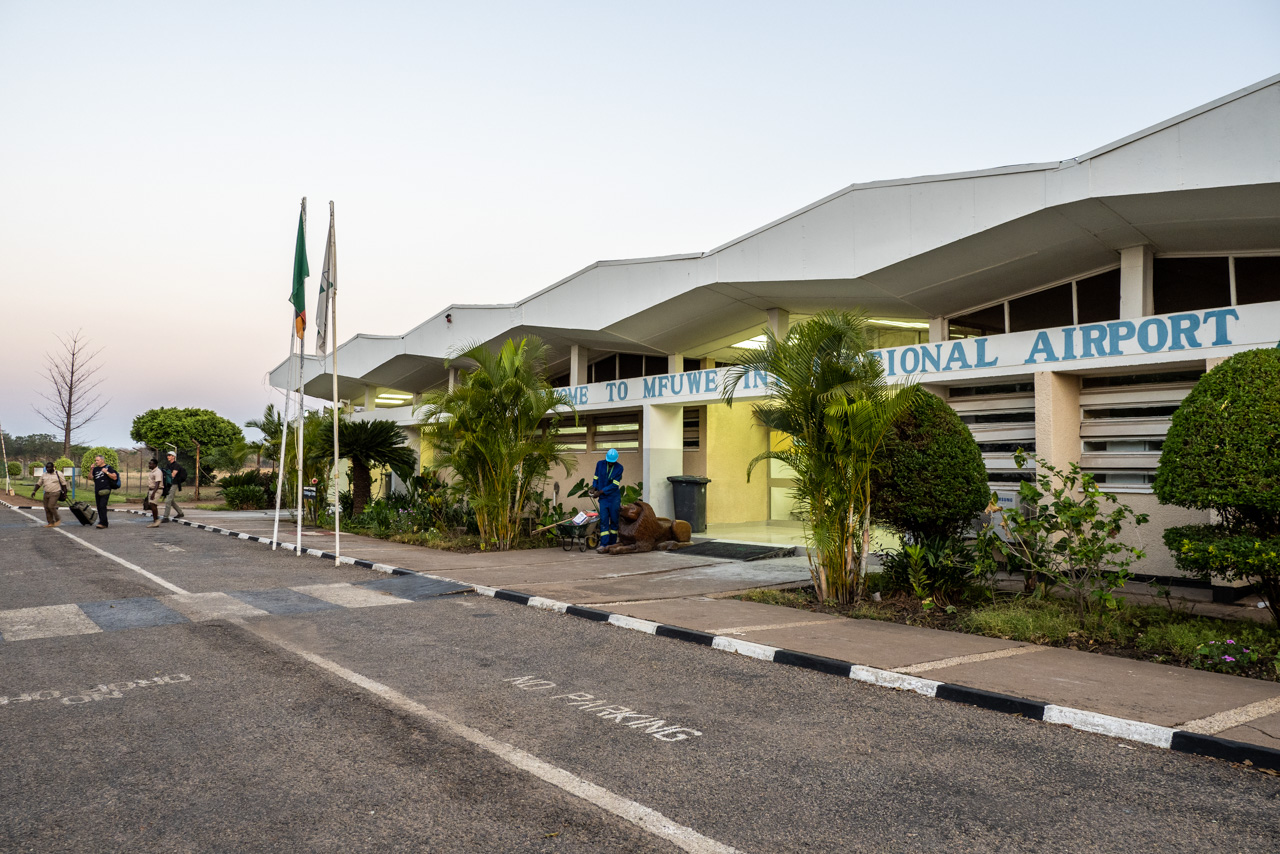
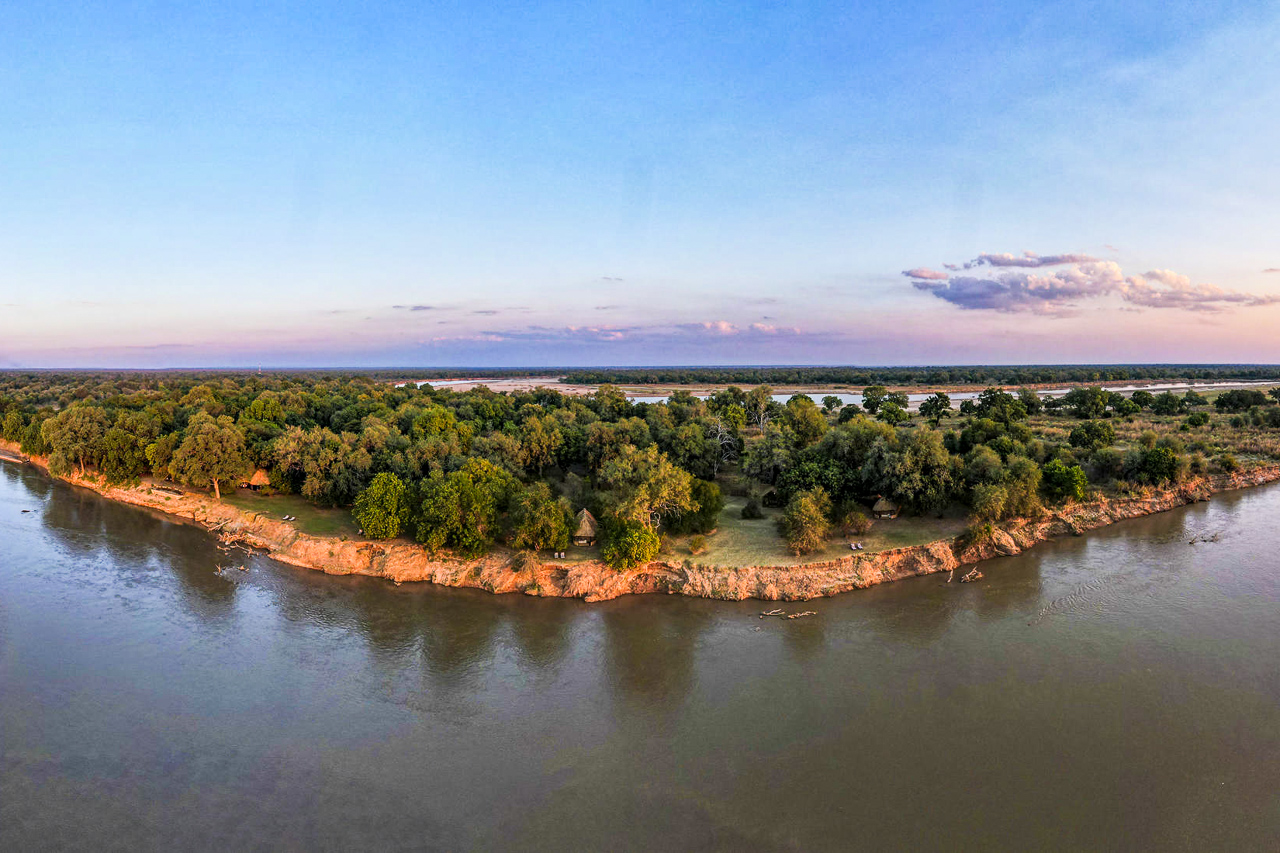
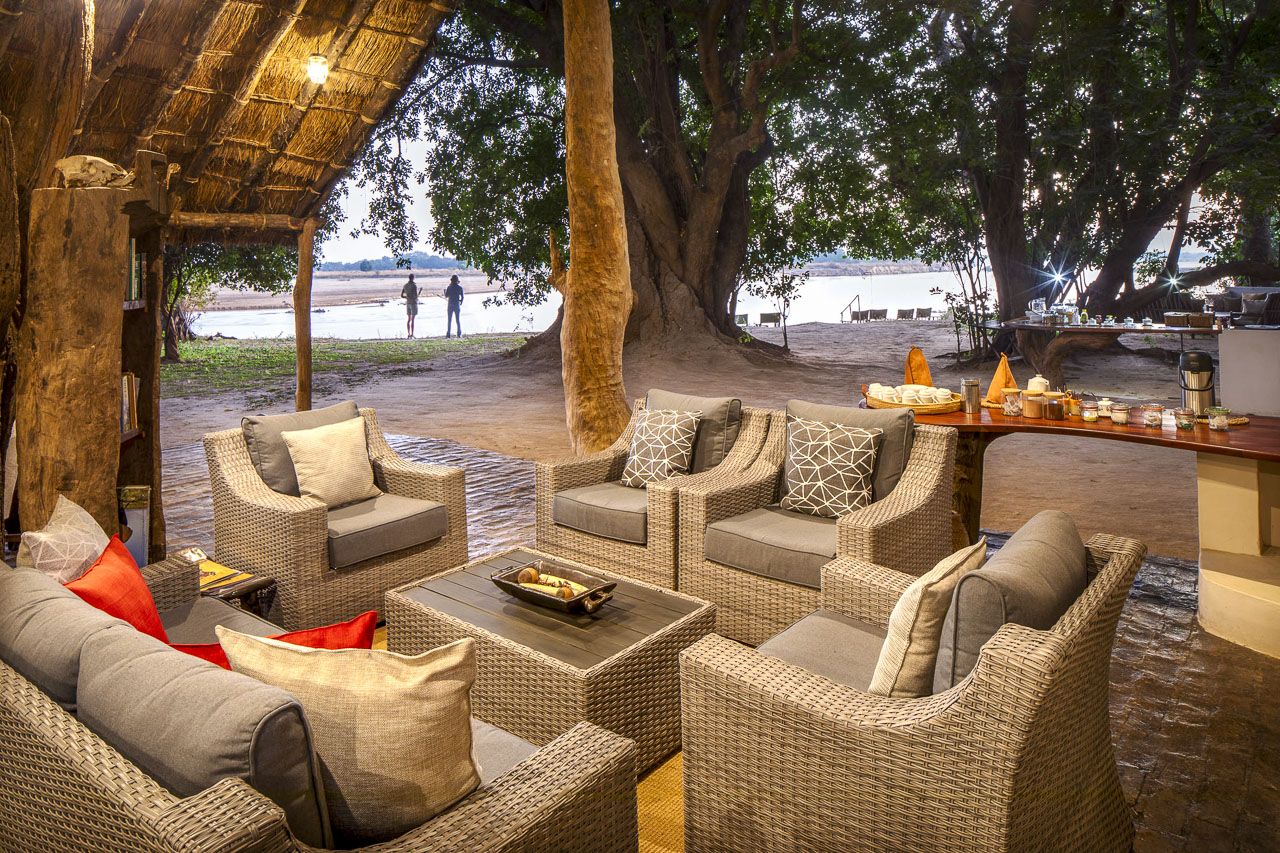
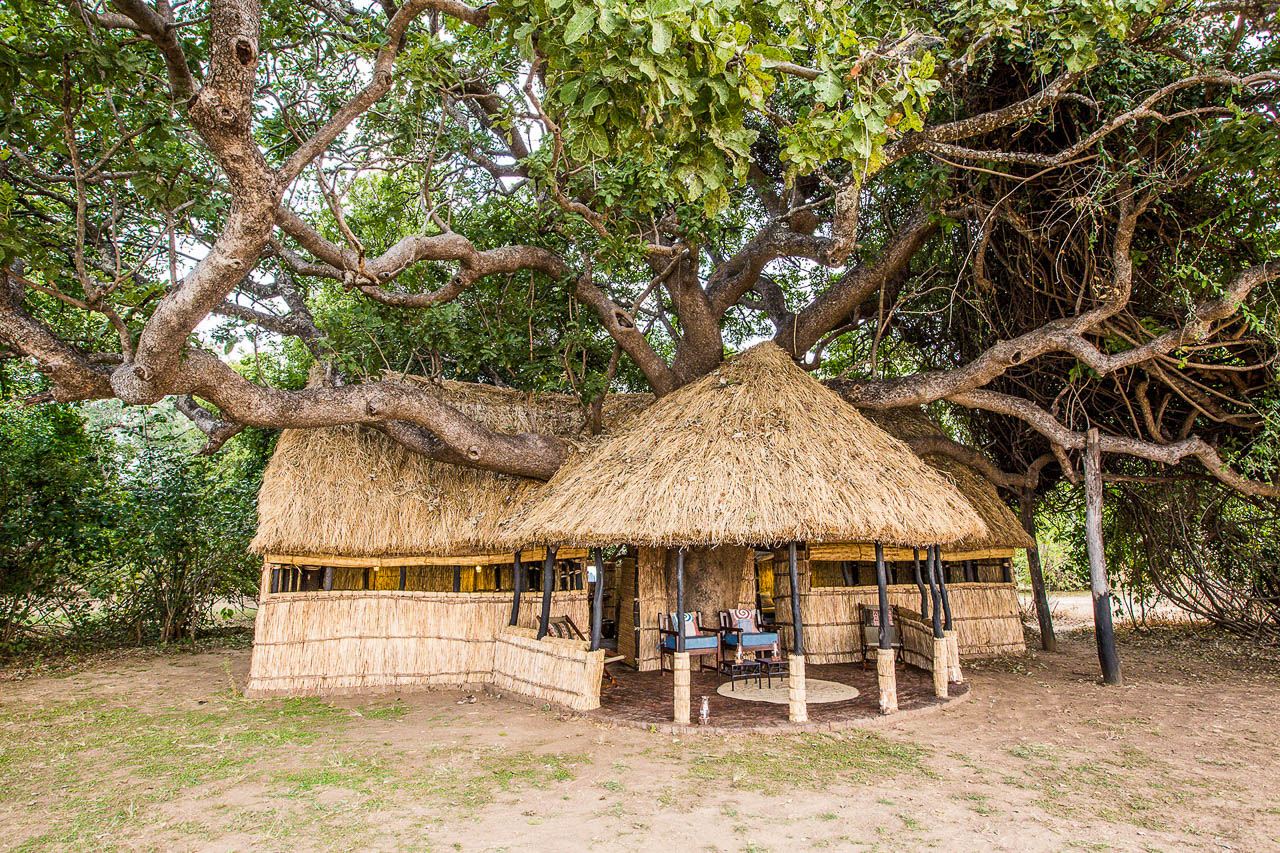
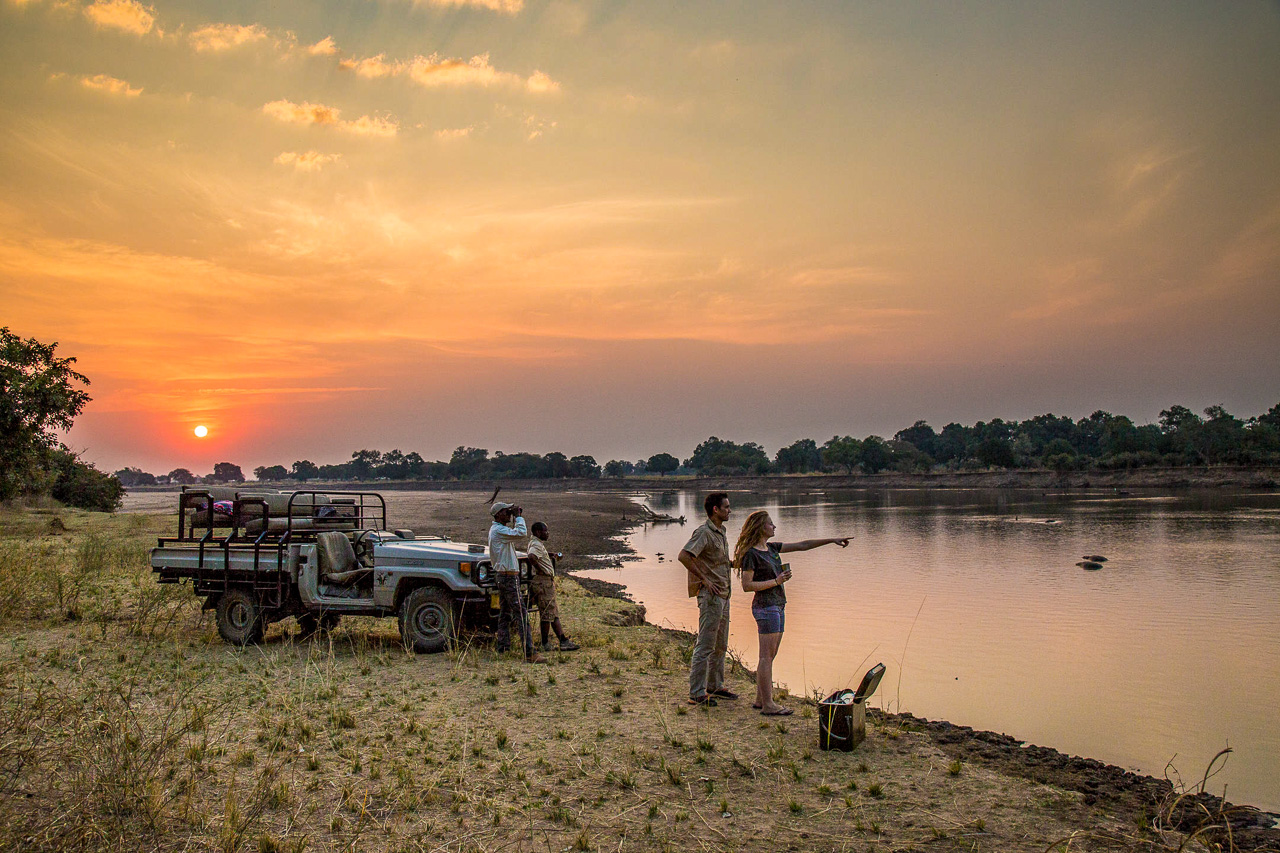
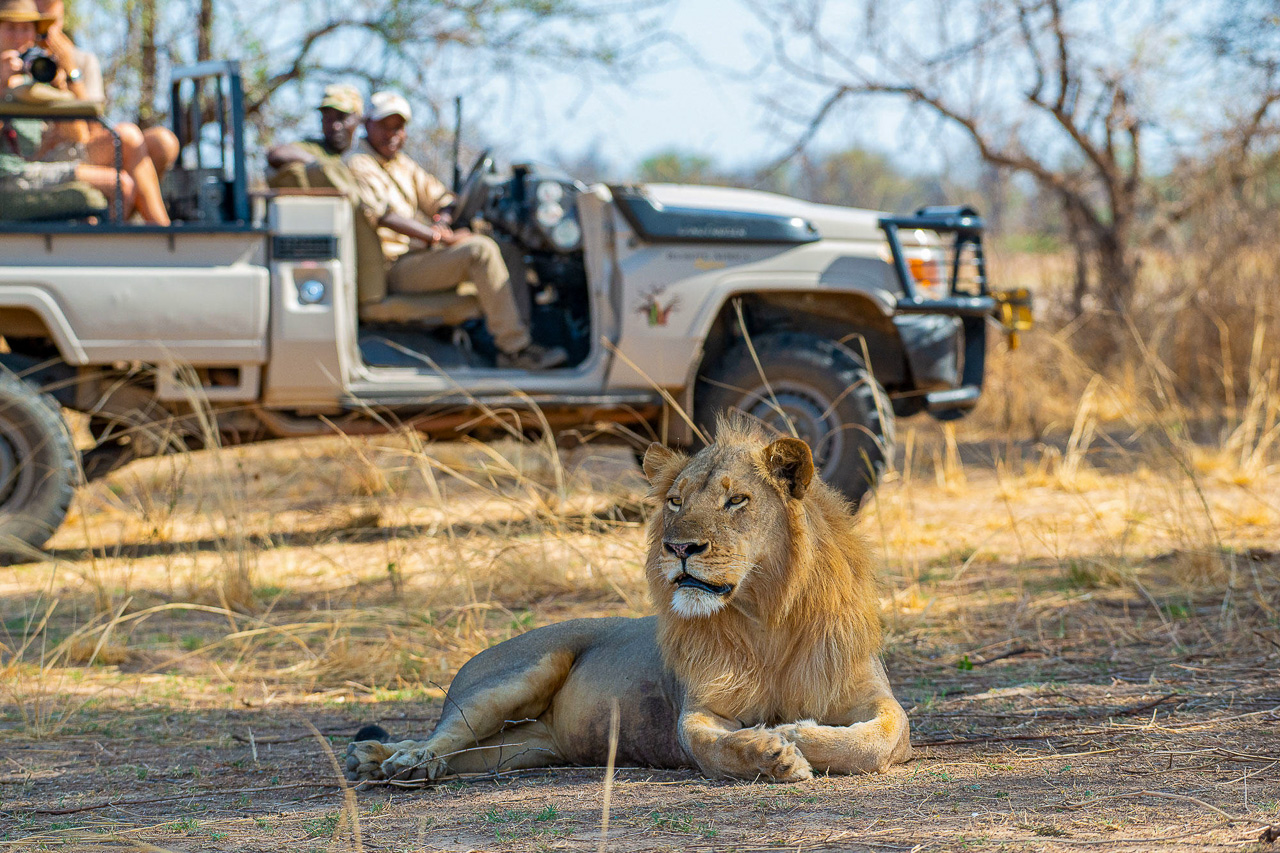
Accommodation
Remote Africa Safaris is one of the last family-run safari operators in South Luangwa. John and Carol Coppinger raised their two children at Tafika Camp and know the park inside out. Their portfolio includes the two Trails Camps, Big Lagoon Camp and Chikoko Tree Camp, and Mwaleshi Camp in North Luangwa National Park.
The owner-run Tafika camp comprises six beautifully appointed traditional reed houses made entirely of natural materials. The rooms are situated on a large meadow on the banks of the Luangwa River and come with en-suite facilities, open-air shower and a small veranda with sofa. Four of the rooms are standard, a further room intended for honeymooners contains a huge double bed; a family room situated on the river's edge at the very front of the camp sleeps four guests (shared bathroom). Several loungers and hammocks scattered around the garden invite guests to lay back and relax.
The main building houses a bar, lounge, computer/charging station and various tables for lunch, which is served at 12:00. Guests dine under the starry sky and both the food and service are excellent. The day begins with a good hearty breakfast, which is usually served at the fire pit down by the river.
The camp can be reached by air from Mfuwe Airstrip to Lukusi Airstrip (15 minutes flight time followed by a 10-minute vehicle transfer), or by vehicle from Mfuwe Airstrip with a transfer time of approximately two hours.
The camp is situated on the banks of the Luangwa River and offers spectacular views of the surrounding area. The water level is very high just after the rainy season and drops again to leave behind large sandbanks.
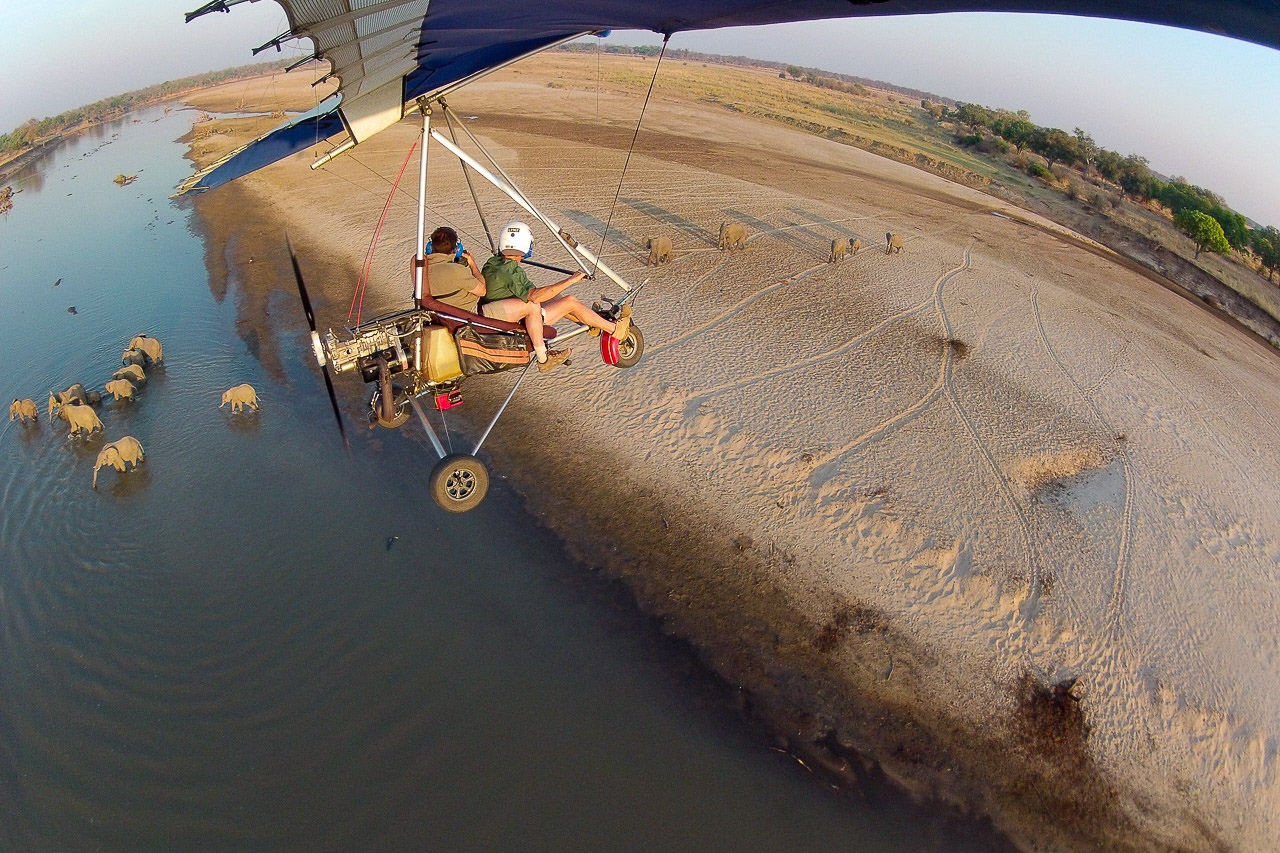
Most camps here are located close to the river, as this is where animals come to quench their thirst during the dry season. The dry season is also when the water level reaches its lowest point, exposing large sandbanks. The residual pools support high concentrations of crocodile and hippo, which tussle for the remaining water. When the wet season arrives in November, the water level rises rapidly, and the Luangwa becomes a raging torrent – it has even been known to take the odd camp with it.
The walking safari is South Luangwa’s speciality, and is available at every camp. At 500 m above sea level, the park is very hot during the summer months. If you’re not a fan of intense heat and don’t like walking safaris, then it’s best to visit earlier.
The Muchinga Escarpment, a natural boundary to the west, prevents the migration of animals. The park is bordered by the river to the east and extends into the Nsefu Sector, which stretches out from the other side of the river.
The park’s entrance gate is located at the town of Mfuwe, which has a small airport (this is where guests are picked up). Many of the less expensive camps are located outside the park, close to the main bridge. In our opinion, the central sector around Mfuwe Lodge suffers a bit from traffic coming in over the bridge. For this reason, we recommend that you avoid the main bridge and visit the southern sector, the northern sector or Nsefu sector to experience quieter safaris.

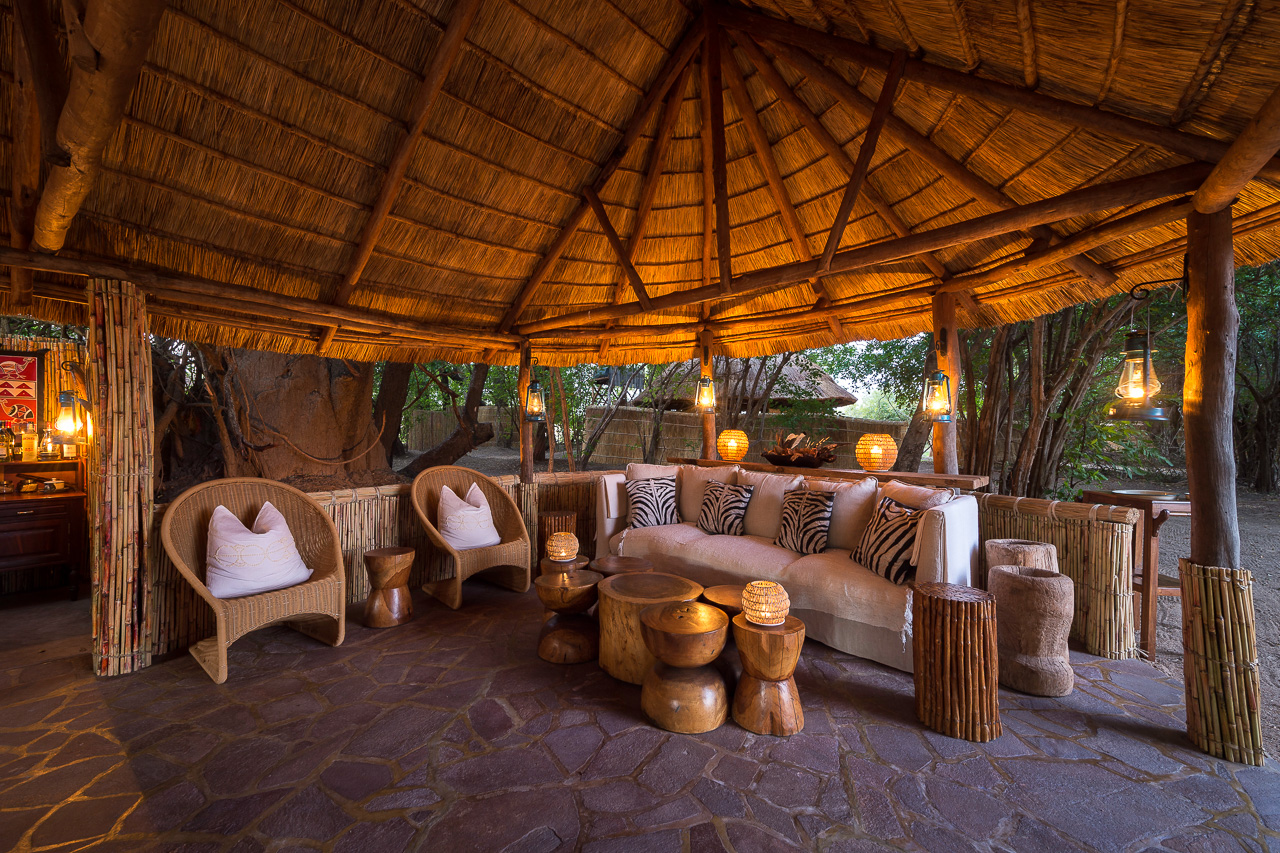
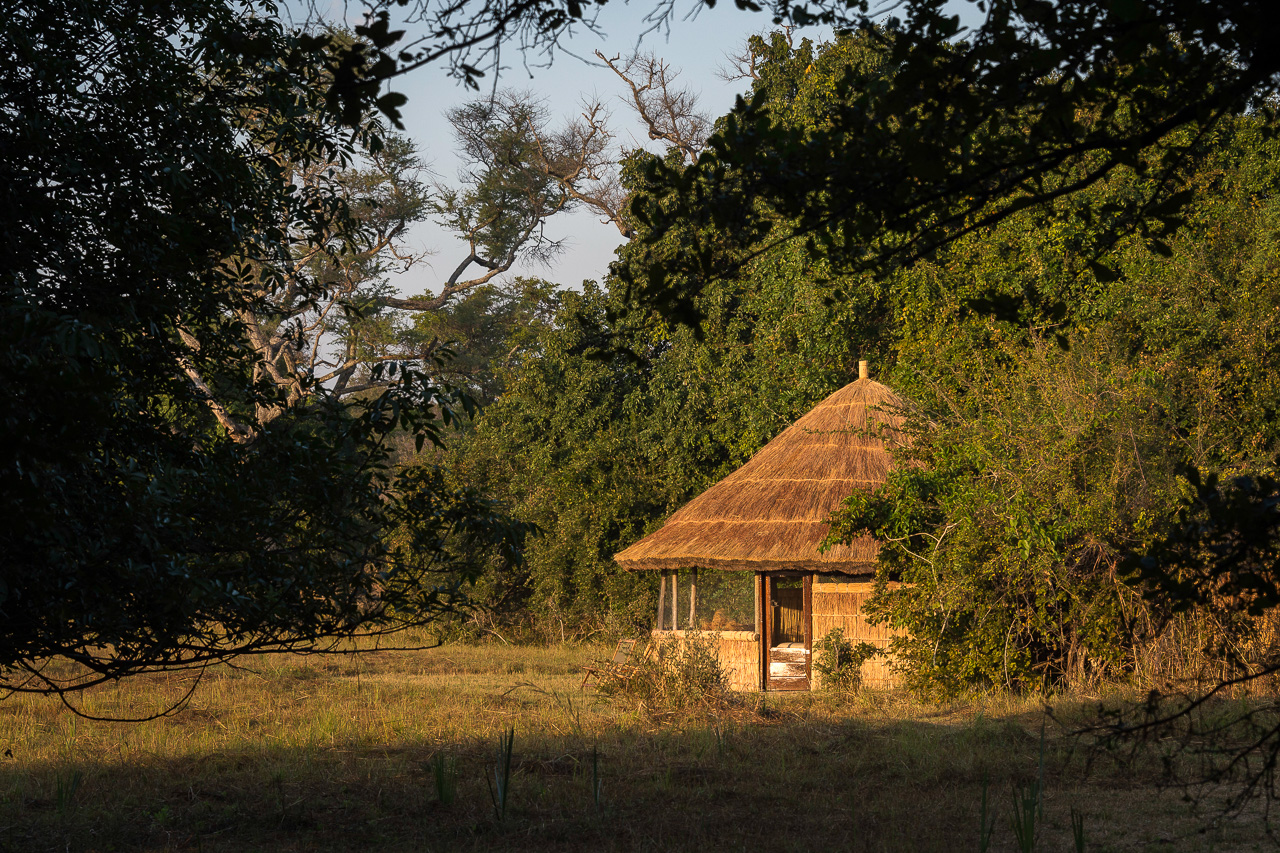
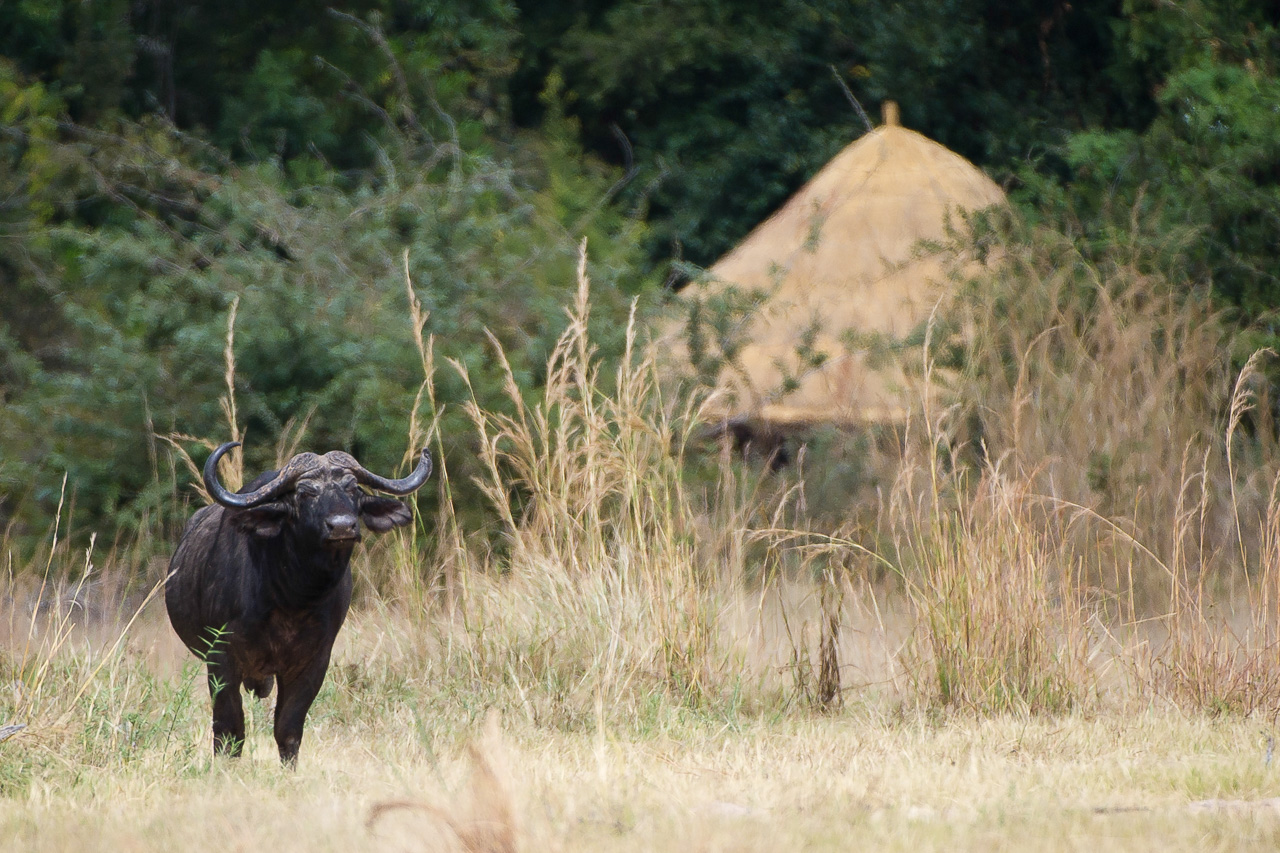
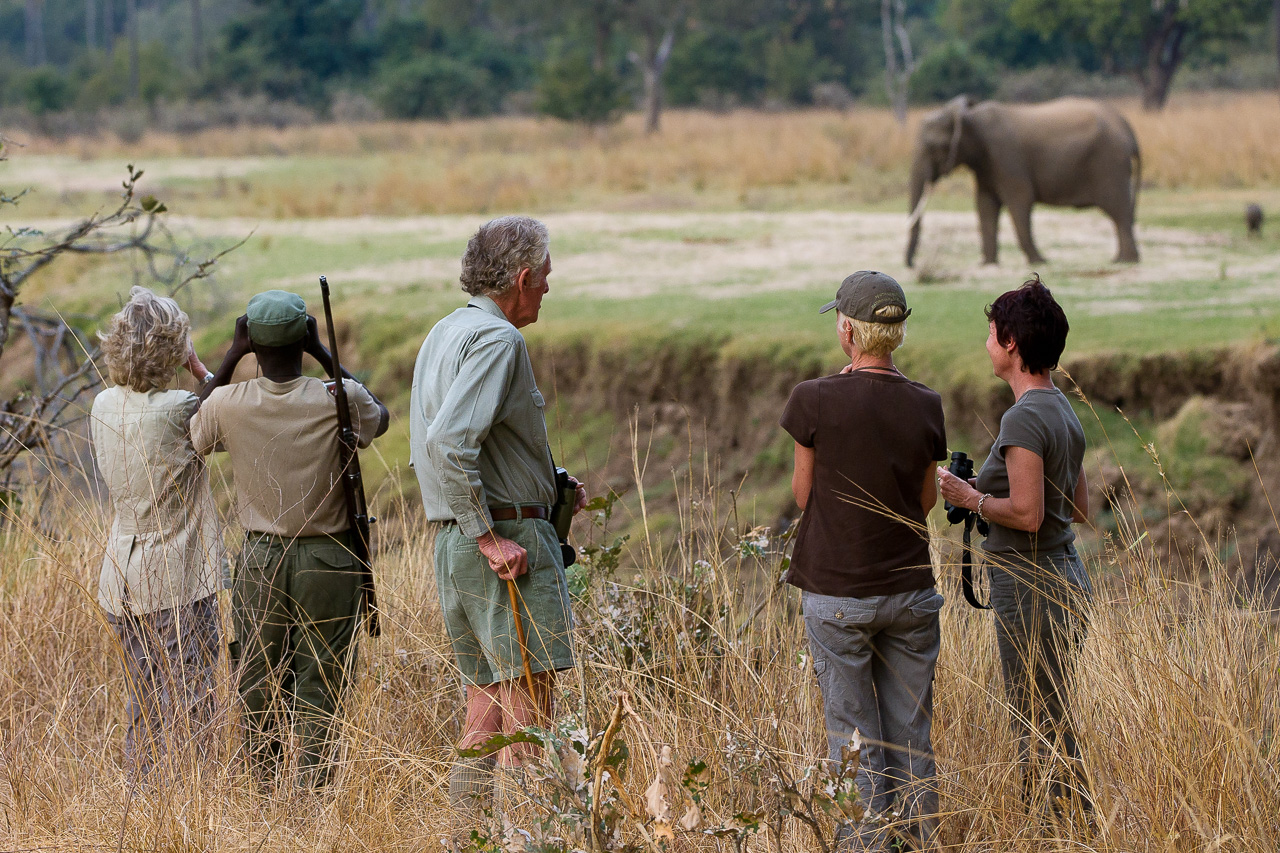
Accommodation One of the southernmost bush camps, Kuyenda Bush Camp is often combined with one of the other Bushcamp Company camps, such as Chamilandu, Chindeni, Zungulila or Kapamba or Bilimungwe
Kuyenda Camp is a safari camp in the traditional South Luangwa style. The camp is nestled under the shade of evergreen mahogany trees close to the Manzi River riverbed. Three chalets face the riverbed; the fourth faces a plain. Simple but comfortable, the chalets are built of reed and grass and come with a large bed and open-air bathroom.
The thatched main building has a small bar, lounge, library and, of course, a large dining table. Guests can pass the day sitting comfortably by the fire pit.
Accessed in 30 minutes from Mfuwe Airport, Mfuwe Lodge (main lodge, 24 rooms, mid-range accommodation) and various smaller, more rewarding bush camps located further south all belong to the Bushcamp Company.
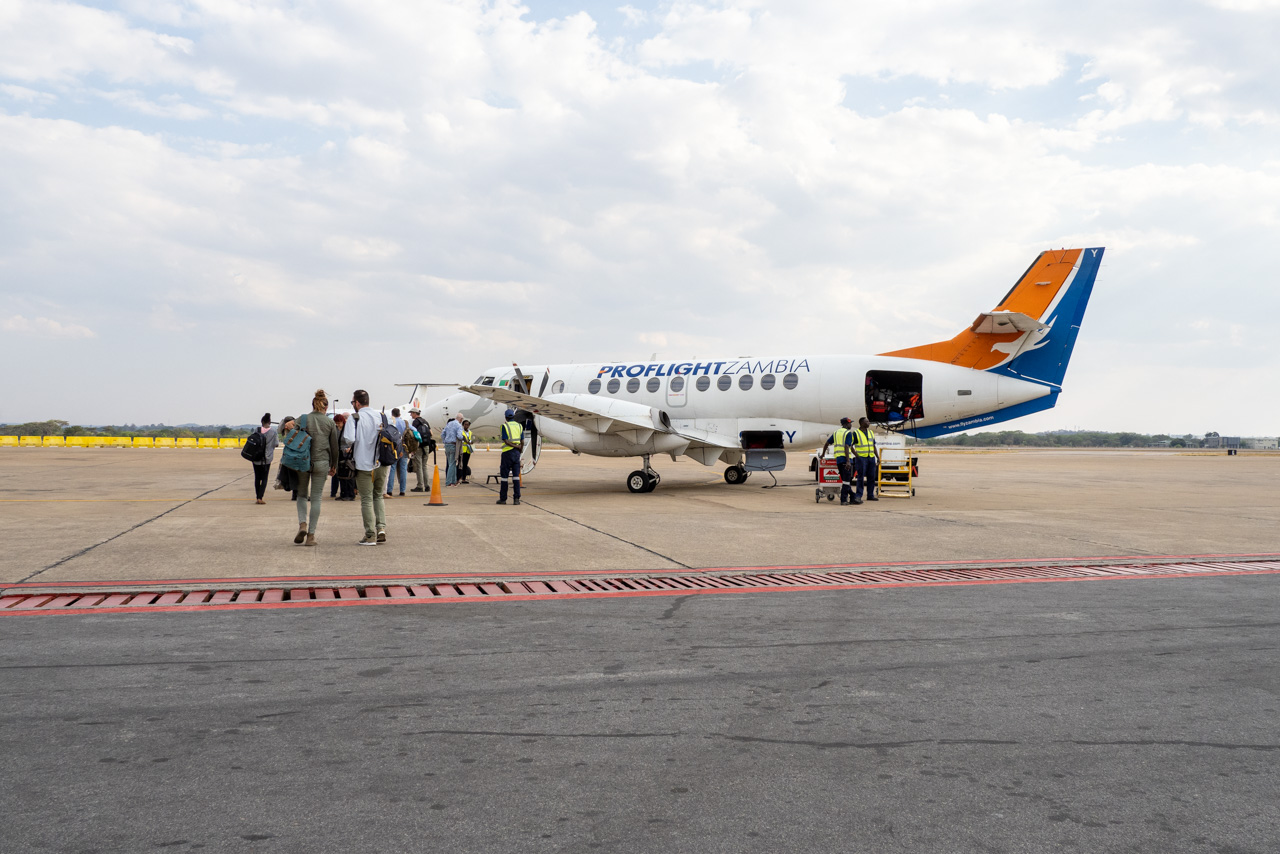
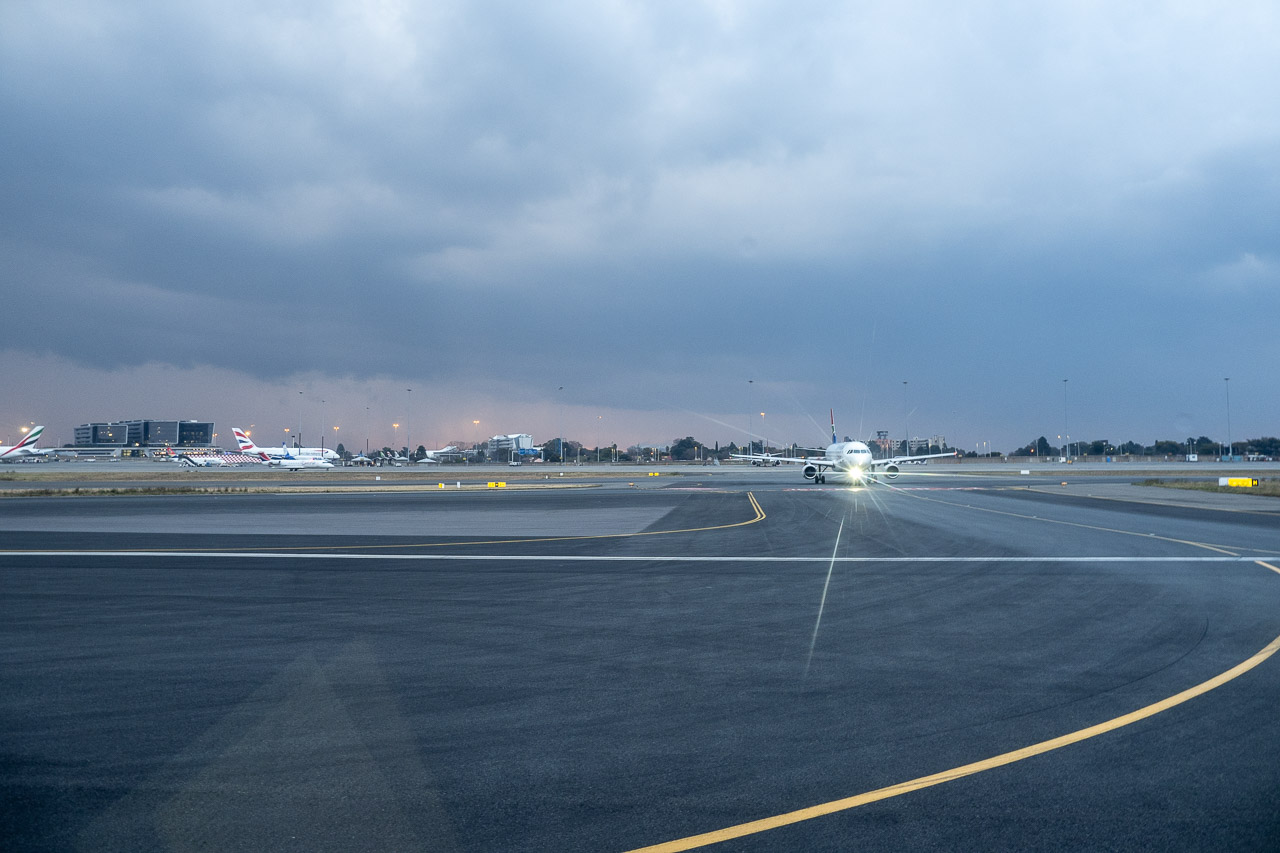
Basic Information
Individual journey. The journey will be planned on your preferred dates.
Duration 12 nights. Min 2 guests. Minimum age 12 years. Weight limit of luggage 20 kg. Luggage in one soft bag only.
Includes all transfers from Livingstone to the hotels/camps to Lusaka
- Busanga Bush Camp: Standard Room. All meals, drinks (except premier brands), laundry service, twice daily shared activities with one of the camp guides.
- Kutali & Chula: Standard Room. All meals, drinks (except premier brands), laundry service, twice daily shared activities with one of the camp guides.
- Tafika Camp: Standard Room. All meals, drinks (except premier brands), laundry service, twice daily shared activities with one of the camp guides.
- Kuyenda Bush Camp: Standard Room. All meals, drinks (except premier brands), laundry service, twice daily shared activities with one of the camp guides.
Learn more about these areas










